Restorative Yoga: The Antidote to Modern Life
In the hustle and bustle of our modern lives, where the pressure to achieve more never ceases, it's easy to forget about the importance of taking a pause. Our bodies and minds are often running on overdrive, leading to stress, fatigue, and even burnout. But what if there was a practice you could follow daily that not only encouraged restorative yoga benefits but also promoted healing and rejuvenation? This is where Restorative Yoga comes into play.
Understanding Restorative Yoga
Before we dive into specific poses, let's take a moment to understand what restorative yoga is all about. This form of yoga focuses on passive stretching and relaxation techniques that allow you to slow down and create space for stillness while nourishing your parasympathetic nervous system—the rest-and-digest response.
Unlike traditional yoga where poses are typically held for a few breaths, in restorative yoga poses can be held for several minutes. Using props like bolsters yoga blocks, blankets, blocks or even an eye pillow can help support your body in these poses enabling you to relax more deeply.
Why Choose Restorative Yoga?
• Deep Relaxation: By emphasizing slow breathing and passive poses, restorative yoga helps shift your nervous system from a state of fight-or-flight stress to one of restorative sequence-and-digest ease. This allows your physical body time for deep relaxation.
• Stress Relief: Holding poses for longer periods enables your body to release tension stored in your muscles. Moreover, this breathing deeply calming practice helps lower levels of cortisol—the primary stress hormone in our bodies—providing significant stress relief.
• Better Sleep: Regular restorative yoga practice can improve your sleep quality. The practice encourages emotional relaxation and prepares your body for a good night's rest.
• Lower Blood Pressure: Deep breathing exercises in restorative yoga can lower blood pressure, providing significant benefits for those struggling with hypertension.
Embarking on Your Restorative Yoga Journey: Six Beginner-Friendly Poses
Reclined Butterfly (Supta Baddha Konasana): This pose gently opens up the hips and inner thighs. Supported by props, you're encouraged to fully relax and release tension in these areas.
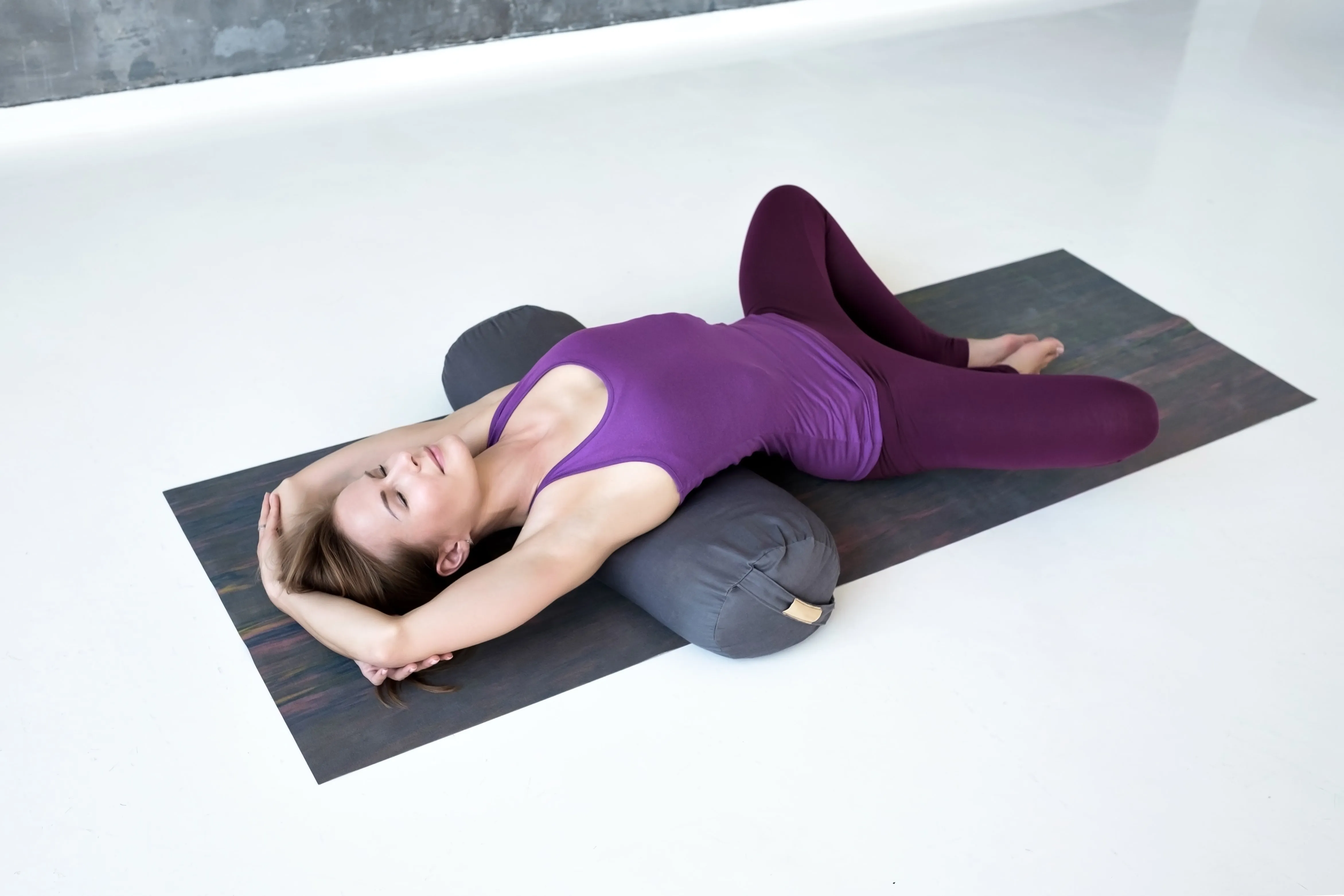
Child’s Pose (Balasana): A grounding pose that promotes calmness and tranquility. It gently stretches your lower back while encouraging relaxation throughout your entire body.
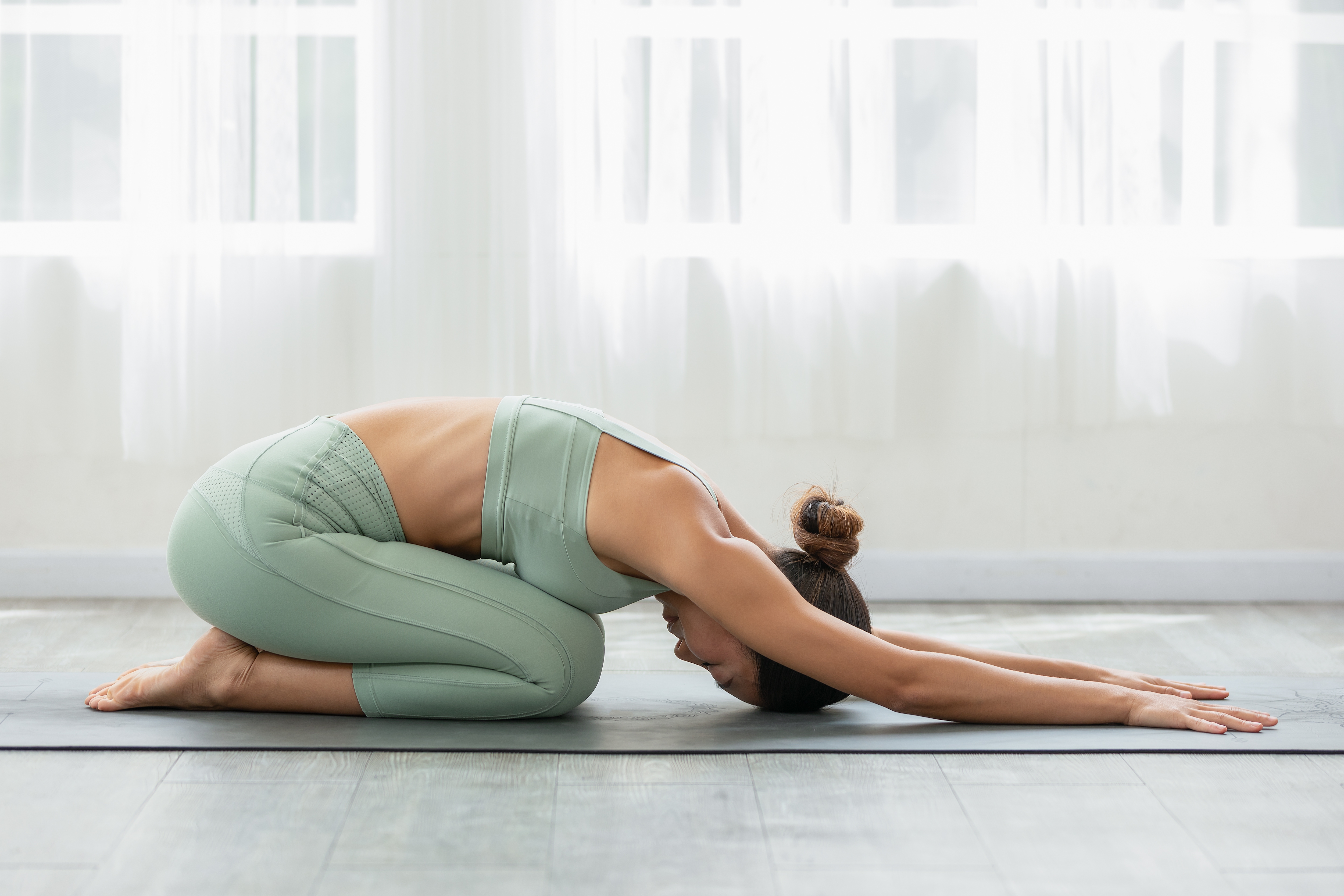
Reclined Twist (Supta Matsyendrasana): This pose allows for a gentle twist of the spine, releasing tension in the lower back and promoting better digestion.
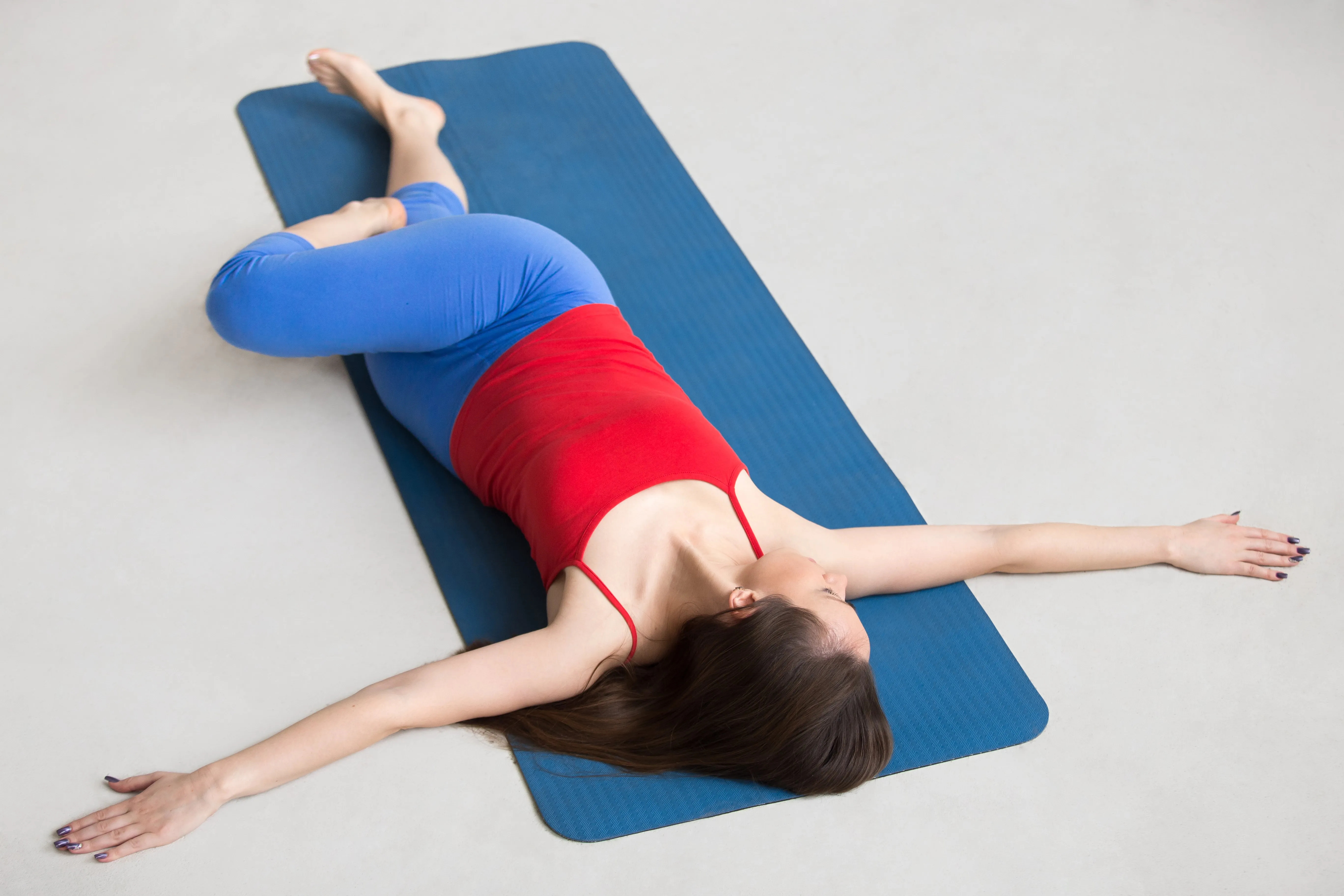
Legs Up The Wall (Viparita Karani): Often considered the ultimate pose for relaxation, it provides relief from tired leg muscles and improves circulation.
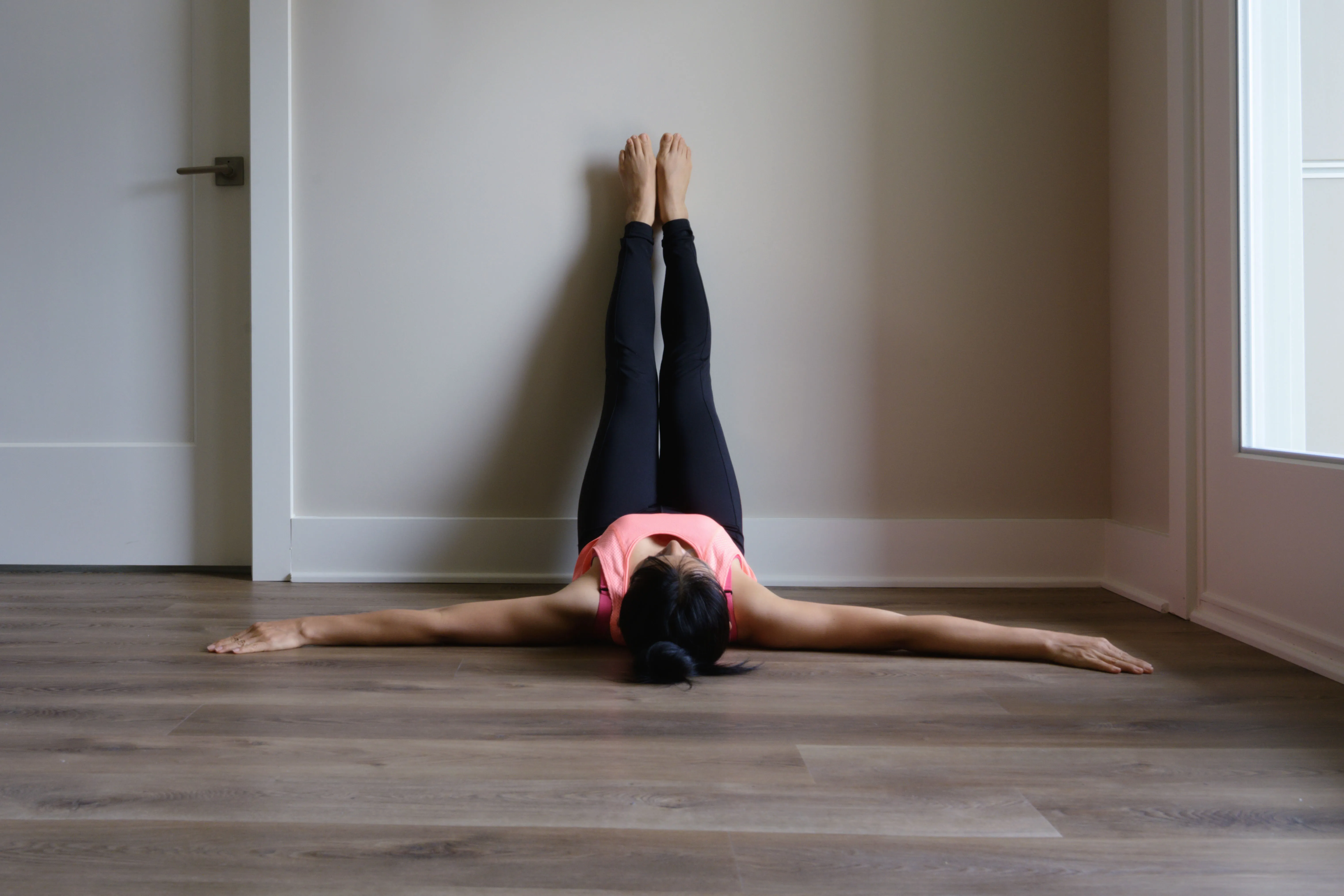
Supported Bridge Pose (Setu Bandha Sarvangasana): A fantastic restorative version of the active bridge pose that stretches the chest, neck, and spine while stimulating abdominal organs.
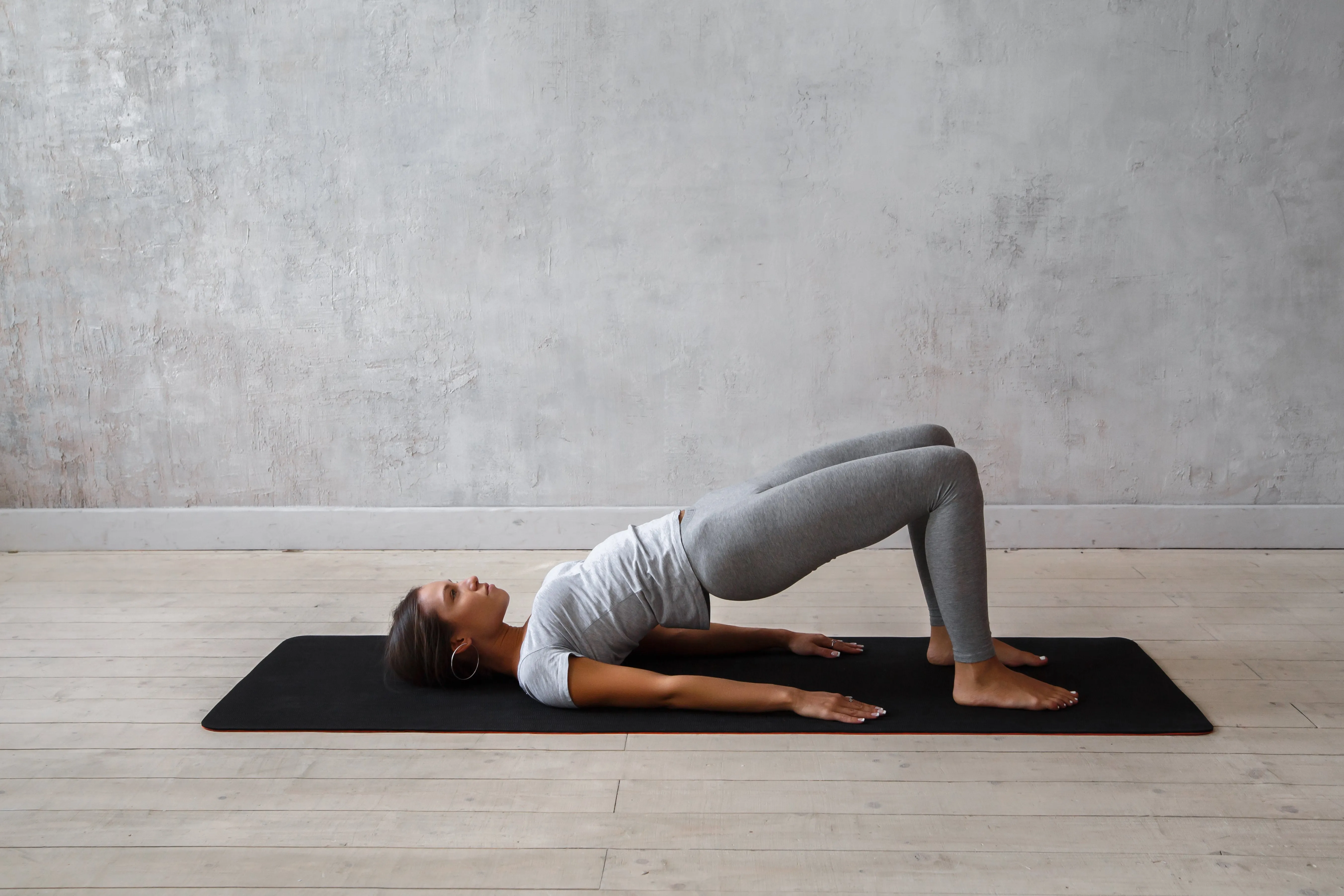
Corpse Pose (Savasana): The final pose of most yoga classes—savasana is an opportunity for deep relaxation allowing the benefits of your practice to sink in.
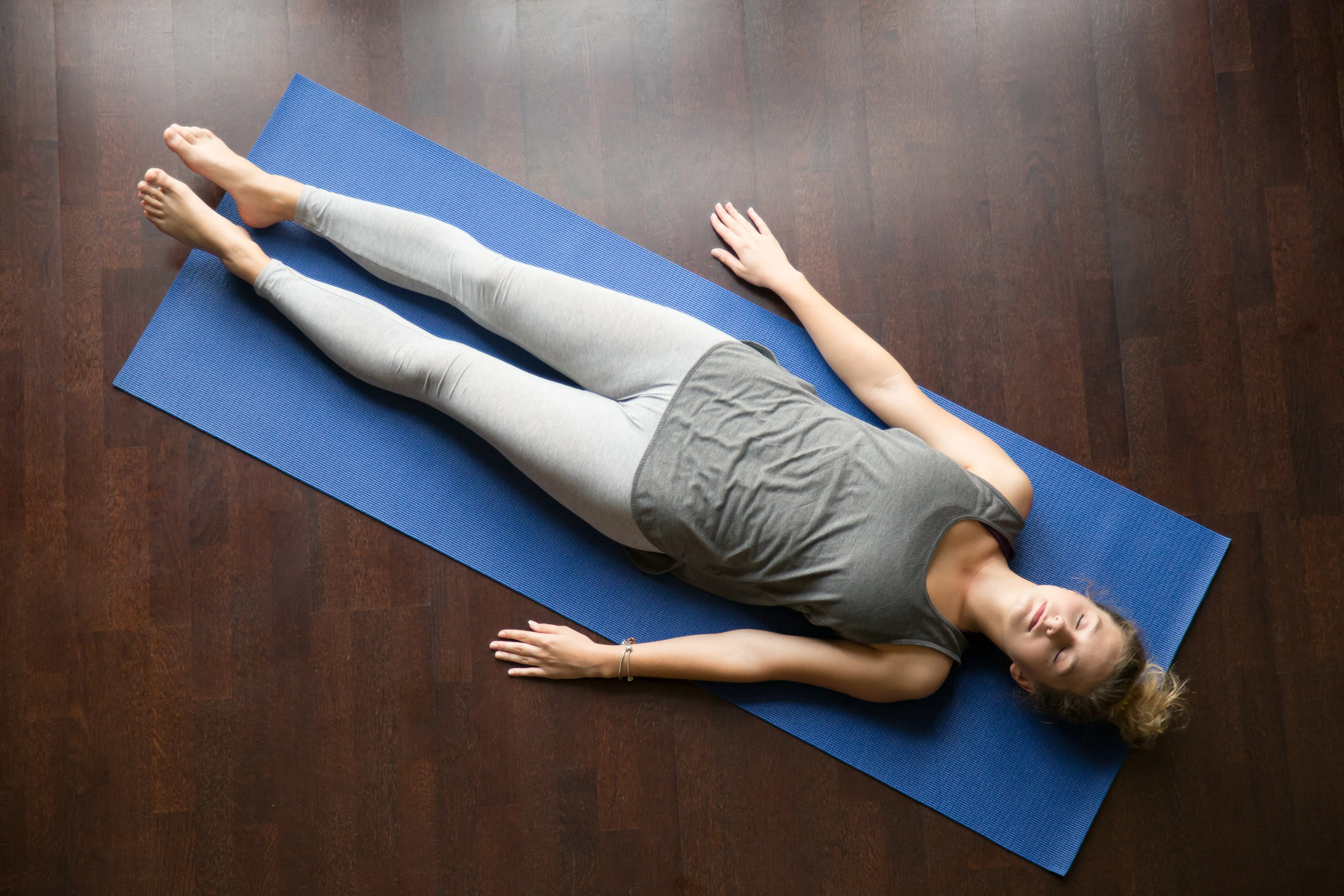
While these are just a few beginner-friendly poses, restorative yoga offers many more asanas to explore. Each pose in restorative class is like an invitation to slow down, breathe deeply, and fully relax.
Incorporating Restorative Yoga into Your Life
As with any new practice, it's important to start slow and listen to your body. Restorative yoga is not about pushing or straining but about letting go and surrendering into each pose.
Whether you're looking to alleviate symptoms of stress, manage chronic pain, or simply find a moment of calm in your hectic day—restorative yoga can be a game-changer. Roll out your yoga mat today and embark on your journey towards well-being with restorative yoga!
Restorative yoga is an invitation to rest, rejuvenate, and restore. It's an opportunity to turn inward and nurture the quiet, more passive side of ourselves that often gets neglected in our busy lives.
So why wait? Give yourself permission to slow down, take a deep breath, and immerse yourself in the healing power of restorative yoga. Here's to your health and wellness!
Do you want an easy way to do Restorative Yoga online from home or wherever you happen to be? Try our online subscription today!
Or for those of you who would rather take a live class online, you can join me here!
Frequently Asked Questions about Restorative Yoga
1. What is restorative yoga?
Restorative yoga is a gentle form of yoga that emphasizes physical and mental relaxation through passive stretching. It involves the use of props like bolsters, blankets, and blocks to support different poses, allowing you to hold them for longer periods without discomfort.
2. How does restorative yoga differ from other forms of yoga?
Unlike more active forms of yoga, restorative yoga focuses on relaxation and stress relief rather than building strength or flexibility. The restorative poses are held for longer periods—often up to ten minutes—and are supported with props to minimize strain.
3. Is restorative yoga suitable for beginners?
Absolutely! Restorative yoga is perfect for beginners. Its gentle, slow-paced nature makes it accessible to people of all fitness levels.
4. What can I expect in a restorative yoga class?
In a restorative yoga class, you can expect a quiet, calming environment with few poses that are held for an extended period. The focus is on relaxing into the pose and using breathwork to release tension from the upper body throughout.
5. Does restorative yoga provide health benefits?
Yes, restorative yoga offers numerous health benefits such as stress relief, relaxation response improved sleep quality, lower blood pressure, enhanced flexibility and balance, improved digestion and immunity among others.
6. Can I do restorative yoga at home?
Yes! All you need is some quiet space and a few props like pillows or blankets if you don’t have professional ones like bolsters or blocks handy.
7. How often should I practice the restorative yoga sequence?
While it’s safe to practice every day if you wish, even once a week can be beneficial in helping reduce stress levels and promoting overall wellness.
Remember that every body is different—so listen to yours! Start slowly and gradually increase the frequency as your body allows.
8. Does restorative yoga help with chronic pain?
Yes, many practitioners find restorative yoga beneficial in managing chronic pain conditions. The gentle stretches and relaxation techniques can help alleviate tension and reduce pain levels.
9. What should I wear to a restorative yoga class?
Wear something comfortable that allows for easy movement. Layers are a good idea as your body temperature can drop during deep relaxation.
10. How long are the poses held in restorative yoga?
In restorative yoga classes, poses are typically held anywhere from 5 to 20 minutes, depending on the pose and the class.
11. Is restorative yoga good for stress relief?
Absolutely! Restorative yoga is excellent for stress relief. It activates the parasympathetic nervous system, which helps lower stress levels in the body.
12. Can I do restorative yoga if I'm pregnant?
Yes, restorative yoga can be a great way to relieve common pregnancy discomforts like backache and fatigue. However, it's always best to consult with your healthcare provider before starting any new exercise program during pregnancy.
13. Is there anyone who should avoid practicing restorative yoga?
While restorative yoga poses are generally safe for everyone, if you have specific health concerns or injuries, it's always a good idea to consult with a healthcare provider or a knowledgeable yoga teacher before starting the restorative practice.
